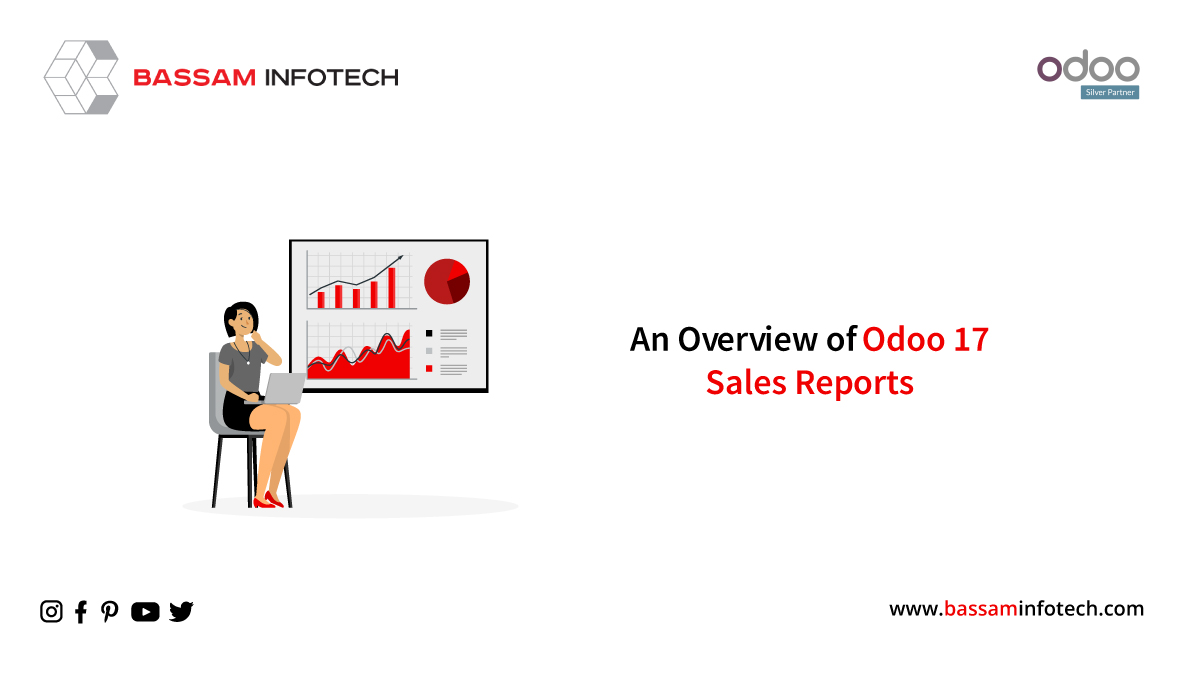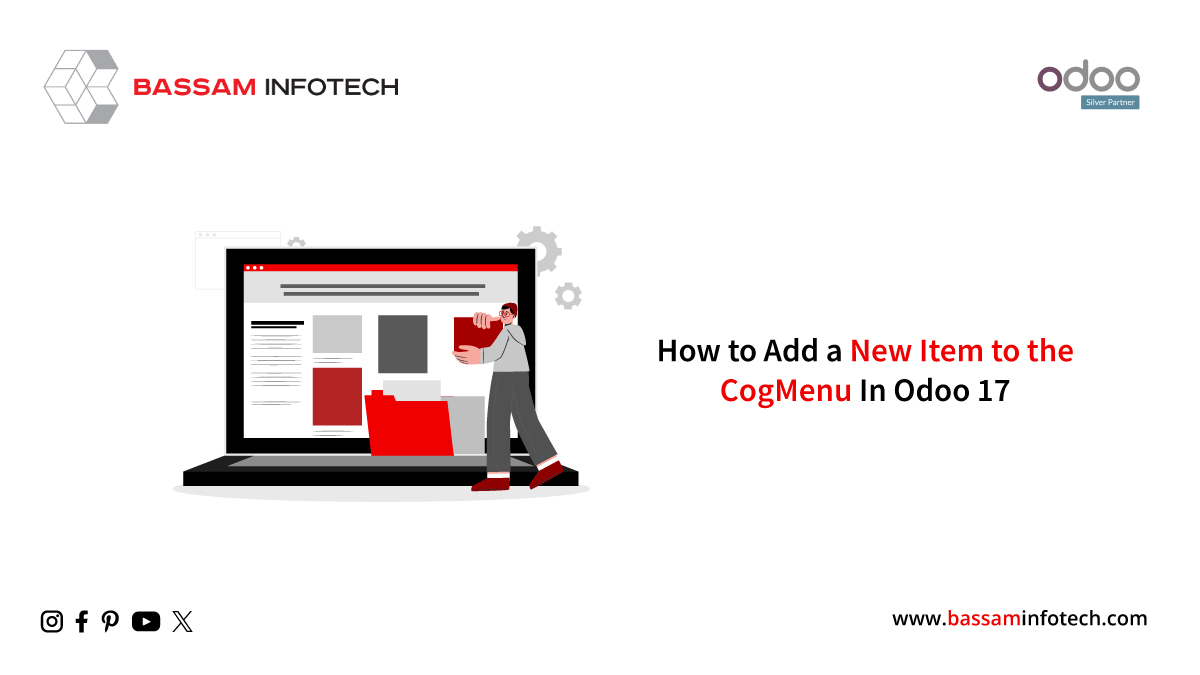General Erp Implementation Methodology and Approaches | What is Erp

In everyday life, there is no single concept of an “ERP system.” This abbreviation designates various inherently integrated information structures. Its purpose is to automate the accounting and management of corporate resources of the organization. Further, you will learn from our article on developing a competent ERP Implementation methodology for your enterprise.
What is the ERP System?
To understand the essence of the ERP system and realize the need, develop the ERP Implementation method for its successful implementation.
The end of the 20th century begins with the mass automation of various business processes. The spread of computers led to the active development of financial and accounting programs—also, as electronic document management and testing of the operation of machinery and equipment. Business automation allowed for digitizing all available information and introducing new methods for analyzing and exchanging information, combining data of various types.
Thanks to computerization. New levers of management and control over the processes occurring in the enterprise. As well as the ability to analyze work results in individual areas. Else the organization itself has appeared.
The results of the automated analysis contributed to a more intelligent distribution of production capacity.
The subsequent adoption of optimal solutions for business development and the method of doing business using various automated enterprise resource management programs was called ERP. And the software used for this purpose was called the ERP system. All computer programs are designed for accounting, personnel management, etc. They are part of the Odoo ERP system, while CRM also serves as a module of the ERP system.
The ERP system resulted from the development of simpler concepts: MRP (Material Requirement Planning – planning material needs) and MRP II (Manufacturing Resource Planning – planning resources). The implementation of Manufacturing ERP software allows for production planning to simulate the flow of orders and evaluate the possibility of their implementation in services and departments of a subordinate organization.
The capabilities of most ERP systems allow you to cover all the main activities of the enterprise.
Before you purchase and implement an information system in the activities of your organization. You should accurately determine the purpose of the purchase and understand which software version your business needs. Whether an ERP class system or an accounting system. Remember that the ERP system is designed to draw up plans for the optimal use of enterprise resources. ERP-system programs help you to answer various questions that arise within the enterprise.
The ERP system implementation will not only allow to keep track of current information. But to develop plans for modeling and optimizing the use of all organizational resources (financial, material, human, temporal, and so on). Most of the software functions of the system are explicitly aimed at achieving the above objectives.
As for the accounting system, it can only be used to record the results. Unlike ERP software, accounting programs are not equipped with automation planning functions. And do not allow comparing current results with predictable indicators. Accounting systems have limited ability to manage the organization to plan and optimize the use of enterprise resources.
SCHEDULE A FREE LIVE DEMO – SEE HOW ODOO WORKS
Pros and Cons of the ERP System Implementation
Implementing an ERP system will necessarily change the quality of your business. Significant advantages are the rational distribution of work between organizational units. It reduces the cost of duplication of functionality and other possible costs associated with the lack of a unified company management system.
Benefits of implementing ERP in an organization
Synchronization processes
- By implementing the Odoo ERP system, you can streamline data acquisition. And also, exchange at interrelated stages of the organization, in turn, will have a positive effect on the performance of each unit. The overall picture of the production processes depends on the totality of the results.
Process control
- A successful ERP implementation allows you to control all the work processes. That takes place in a subordinate organization, from the simplest operational functions to the strategic regulation of the entire enterprise.
Unification of reporting
- With the help of Odoo ERP software, all financial and statistical reports are displayed according to a single model facilitating the cumulative analysis of the current performance of the departments.
Standardization of information systems
- Using all modules of the Odoo ERP system eliminates the need to install and maintain other computer programs and information systems.
Expanded range of leadership functions
- Implementing the Odoo ERP system makes it possible to actively use the company’s corporate knowledge management bases, thereby increasing the manager’s functionality.
Request A Free Quote
Integration with counter-parties
- Some ERP systems provide for the participation of clients of the organization. For example, they can independently form an order, and track its status. Also, analyze the availability of inventories and replenish them if necessary.
Adaptation to the needs of the enterprise
- The implementation of the Odoo ERP system can be complete or partial since its modules work both autonomously. And in conjunction with the entire system. The choice of the project should be based on the needs of a particular company.
Data protection
- The administrator can categorize all users of the ERP system, giving each category access to specific resources and functions. But at the same time, the actions of each user can be easily traced and verified.
Centralization of information
- Implementing the manufacturing ERP allows you to store all the organization’s data in one place. So, if necessary, you can always get the necessary information.
Integration with other systems
- By using the Application Programming Interface (API), ERP systems can interact with systems of a lower level. Such as process equipment, production complexes, and machine tools.
Improving the efficiency of interaction
- The implementation of the ERP system shows the results of work done by each unit, helping to improve the interaction between them.
- The development and implementation of an Odoo ERP system are relevant for companies with offices in another region since its modules allow for centralized management and scaling up decisions made.
Providing control in adjacent directions, ERP systems are a set of programs with different functionality. That helps to control all areas of the company, from tracking order statuses, and material support indicators to financial flows. It also helps in the main areas of work of the enterprise.
PORTFOLIO
But, despite all the above advantages, the ERP system cannot be called perfect because it has some negative points:
- Long installation. Execution of the ERP implementation methodology in a large corporation can last from six months to three. Some installed programs in some modules may not work correctly even after final implementation.
- High price. The total ERP implementation cost consists of several price factors: software, related technical equipment, as well as work on the installation, configuration, testing, and further maintenance.
- The difficulty of use. The most effective use of system modules is possible only after comprehensive training of employees since the software in question has a rather complicated interface.
- Additional expenses. Implementing an ERP system will require a periodic update of the software. Equipment and communication channels are directly related to additional financial investments.
- Transfer of information. It is worth noting that with the implementation of the ERP system in the activities of the enterprise. Additional costs often arise with the transfer of information from the programs that were used by the organization earlier.
Step-by-step: ERP Implementation Plan
Organizational stage:
The organizational phase also includes creating a working group in the enterprise. As a rule, it includes:
- Head (it is better to choose among the organization’s top managers). He should be aware of all business processes occurring in the enterprise. Besides, the project manager of the ERP implementation should have the authority to make some decisions on any issues.
- Specialists who control the compliance of the system being implemented with current regulations and corporate standards. These can be the executive director, chief accountant, or head of IT service.
- The heads of all departments will continue to use the new ERP software. They will have to advise specialists while implementing the latest business processes of the enterprise. As well as organize the work of subordinate employees after the completion of automation.
- IT-specialist generalist. His main task will be technical support of the plan for the ERP software implementation.
The ERP implementation plan will work at full capacity only if all employees of the organization use actively the software and effectively; to do this, employees need to be trained. About the basic rules for the use of ERP and strict control of the actions of staff at the initial stage of operating the program. Responsible for training subordinates and adjusting their actions are also members of the working group.
Plus, at the organizational stage, you need to decide on the sources of financing and select an integrator company.
Stage of the enterprise survey:
After the end of organizational measures, the next stage of the ERP system implementation plan begins. The study and analysis of the company’s main business processes are necessary to accurately determine the time and cost of work on the implementation. Focusing on the scale of the upcoming appointment and goals. The IT integrator offers the customer two plans for an enterprise survey:
- Express survey: Takes 1.5 to 2 months. The result of the survey is a “Pre-project analysis”. That describes all the nuances of automated accounting—also, a list of tasks to be solved during implementation.
- Full examination: Lasts 3-5 months. Based on the thorough survey, a “Technical Task” is formed. Business processes of automated accounting are prepared. Also, showing the list of necessary software adjustments.
The choice of a specific survey plan depends primarily on the ERP implementation method.
Choosing an ERP implementation methodology:
There are four main options for implementing ERP solutions:
- Evaluate the time and material resources available.
- The IT integrator conducts a rapid survey of the organization.
- Draws up a plan for the ERP system implementation project
- Calculates the maximum possible cost of work.
All the above details will be prescribed in the contract. The work plan for implementing the ERP system is divided into several months. Depending on the total number of working hours, monthly expenses are determined. It also reflected the fixed payment amount in the agreement between the companies.
The actual needs of the organization determine the list and sequence of tasks. The main advantage of the technology is its flexibility. Changes are made to the ERP implementation process under customer needs.
Among the disadvantages of ERP, the implementation methods include the inability to determine the exact timing of software implementation.
ERP system design
After examining the organization, programmers determine the basic requirements for the basic modules of the ERP system. Like the need to load initial data and settings for moving information from the programs used by the organization. System modules are programmed following the company’s main business processes. Also, necessary adjustments are made to the software functionality.
Implementation of ERP-System in the Enterprise
According to the implementation plan, the installation of the ERP-system programs in the workplaces of staff is carried out. Configure access rights and reports. Data from previously used enterprise software programs are loaded.
Starting up the system
Training the users after the completion of the automation processes. And developing instructions for working in the system.
Maintenance of the implemented system
Uninterrupted operation of the Odoo ERP system is possible, subject to support after implementation.
IMPLEMENT ERP
We’re available by phone or email, with a 24-hour response time in case you need immediate Odoo support. For more details, Call us at +91 88912 49995 or +91 70250 75566 or email us at info@bassaminfotech.com
"Unlock the Full Potential of Your Business with Odoo ERP!"
"Get a Cost Estimate for Your ERP Project, Absolutely FREE!"
Get a Free Quote


